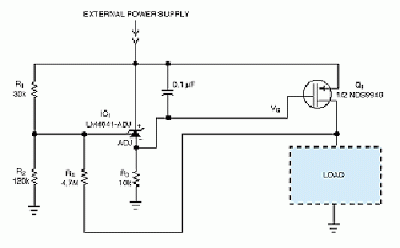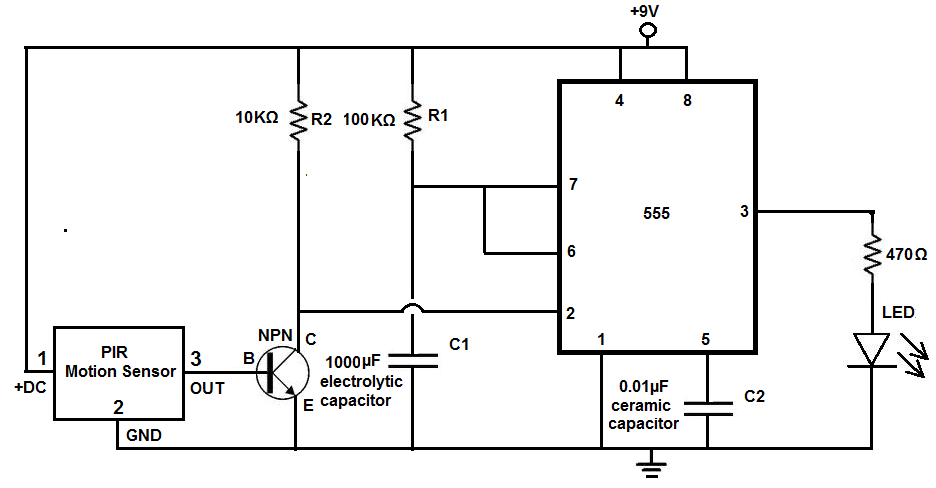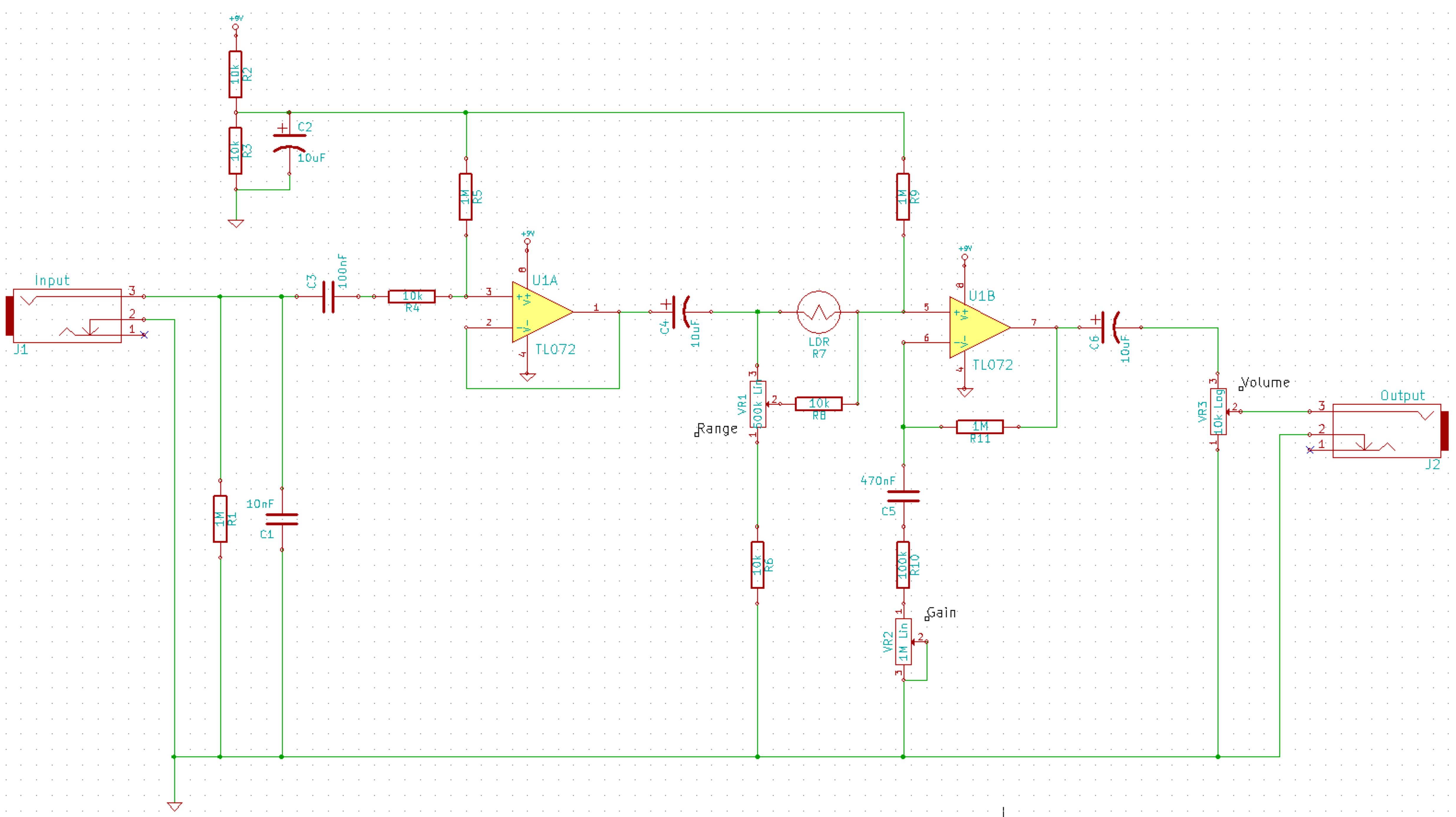
Thermometer For 5V Operation Circuit

At the core of this circuit is the KTY10 temperature sensor from Siemens. This silicon sensor functions as a temperature-dependent resistor, integrated as one arm of a bridge circuit. A preset potentiometer (P1) is used to balance the bridge at 0°C. At this temperature, the moving coil meter (M1) should remain stationary, with the needle positioned at the center. Fluctuations in temperature will cause the bridge to become unbalanced, resulting in a proportional reading on the meter. Calibration at a specific temperature, such as 20°C, is facilitated by the second potentiometer (P2). The bridge circuit is powered by a stabilized 5.1-V supply, which is derived from a temperature-compensated Zener diode. Additionally, the thermometer can be powered by a 9-V battery if the diodes (D1-D3), resistor (R1), and capacitor (C1) are replaced with a Type 78L05 voltage regulator, offering a more economical solution in terms of current consumption.
The KTY10 temperature sensor operates on the principle of varying resistance with temperature changes. As the temperature increases, the resistance of the sensor decreases, which alters the balance of the bridge circuit. This unbalance generates a voltage differential that is read by the moving coil meter (M1). The meter's scale can be calibrated to reflect temperature readings accurately, allowing users to interpret the value directly.
The bridge circuit configuration enhances sensitivity and accuracy, making it suitable for precise temperature measurements. The use of a temperature-compensated Zener diode ensures that the voltage supply remains stable despite variations in ambient temperature, which could otherwise affect the performance of the sensor and the meter readings.
For applications requiring a more portable solution, utilizing a 9-V battery can be advantageous. By substituting the specified components with a voltage regulator, the circuit can maintain efficient power consumption, extending the operational life of the battery while providing reliable temperature readings. This flexibility in power supply options makes the circuit adaptable for various applications, whether in laboratory settings or field measurements.
Overall, this temperature measurement circuit exemplifies a straightforward yet effective design, leveraging the characteristics of the KTY10 sensor and a bridge configuration to deliver accurate temperature readings across a range of conditions. At the heart of this simple circuit is the well-known type KTY10 temperature sensor from Siemens. This silicon sensor is essentially a temperature-dependent resistor that is connected as one arm in a bridge circuit here. Preset PI functions to balance the bridge at 0C. At that temperature, moving coil meter Ml should not deflect, i.e., the needle is in the center position.
Temperature variations cause the bridge to be unbalanced, and hencc produce a proportional indication on the meter. Calibration at, say, 20C is carried out with the aid of P2. The bridge is fed from a stabilized 5.1-V supply, based on a temperature-compensated zener-diode. It is also possible to feed the thermometer from a 9-V battery, provided D1-D3, Rl and Cl are replaced with a Type 78L05 voltage regulator, because This is more economic as regards to current consumption.
The KTY10 temperature sensor operates on the principle of varying resistance with temperature changes. As the temperature increases, the resistance of the sensor decreases, which alters the balance of the bridge circuit. This unbalance generates a voltage differential that is read by the moving coil meter (M1). The meter's scale can be calibrated to reflect temperature readings accurately, allowing users to interpret the value directly.
The bridge circuit configuration enhances sensitivity and accuracy, making it suitable for precise temperature measurements. The use of a temperature-compensated Zener diode ensures that the voltage supply remains stable despite variations in ambient temperature, which could otherwise affect the performance of the sensor and the meter readings.
For applications requiring a more portable solution, utilizing a 9-V battery can be advantageous. By substituting the specified components with a voltage regulator, the circuit can maintain efficient power consumption, extending the operational life of the battery while providing reliable temperature readings. This flexibility in power supply options makes the circuit adaptable for various applications, whether in laboratory settings or field measurements.
Overall, this temperature measurement circuit exemplifies a straightforward yet effective design, leveraging the characteristics of the KTY10 sensor and a bridge configuration to deliver accurate temperature readings across a range of conditions. At the heart of this simple circuit is the well-known type KTY10 temperature sensor from Siemens. This silicon sensor is essentially a temperature-dependent resistor that is connected as one arm in a bridge circuit here. Preset PI functions to balance the bridge at 0C. At that temperature, moving coil meter Ml should not deflect, i.e., the needle is in the center position.
Temperature variations cause the bridge to be unbalanced, and hencc produce a proportional indication on the meter. Calibration at, say, 20C is carried out with the aid of P2. The bridge is fed from a stabilized 5.1-V supply, based on a temperature-compensated zener-diode. It is also possible to feed the thermometer from a 9-V battery, provided D1-D3, Rl and Cl are replaced with a Type 78L05 voltage regulator, because This is more economic as regards to current consumption.





